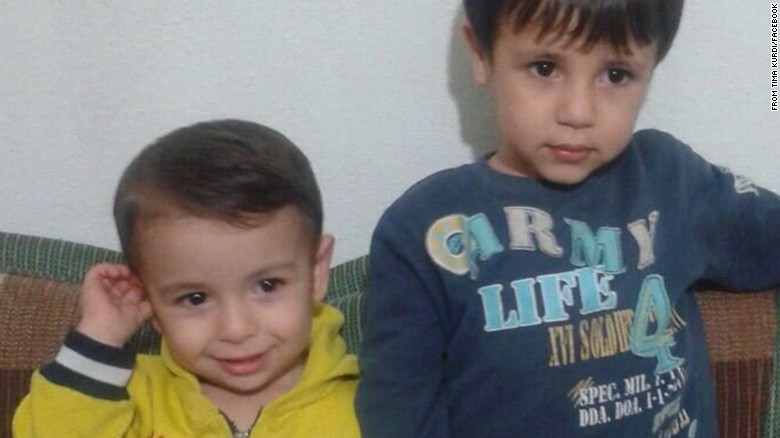SPJ Code of Ethics... Did we use them?
Based on the Society of Professional Journalists (SPJ) Ethics Codes, there are a few "encouraging" words that they believe are the right way for media to approach news. Based on these ethics, questions always arise on certain topics in the news. In particular, a story came out a couple of days ago about the children who were washed up from shore. This version of the story, in particular caught my eye.
This story is one of the first to come up when searching through Google, and I can bet that it is because of the way the story is written and the pictures used. The first picture you see is of a boy that is smiling next to another young boy who you assume is his brother.
 |
| Source: CNN.com |
On the contrary, another story was published by the guardian and the first photo shown when you click on the link is of the officer holding the boy. Above the photo there is a warning, but by the time you read that you have already seen the photo. To coincide with the SPJ Ethics Codes, there is a debate here between the two articles. Did either of them really do anything wrong? Or are they just both following the first principle from the ethics codes; seek truth and report it. The other three principles, "minimize harm, act independently, and be accountable and transparent", are there to act as other questions that should arise when a story does. Each of these principles have their own part in figuring out what exactly the public needs to know about a story. Is not showing the photo of the little boy laying by the beach really minimizing harm? Would it be more useful to use so that you as a writer can report the full truth? All of these questions should arise for any writer of the press.
Personally, I believe the CNN article published their piece in a better way, but I know that others would argue. There is always the debate of using the "shock value" in which the news will shock the public with something that happened in hopes of making sure it doesn't happen again. Although, I would still state my case and say that there is a way to shock the public, but still be able to keep in mind the families of the people who were killed. There is no need to start with a photo that is not necessary for the story other than to horrify the readers. Words can describe the loss of the family and the stature in which the world is at after this event has happened. And just as CNN had done, you can keep the photos in there to report the truth, just as long as there is a warning for the readers.
No comments:
Post a Comment